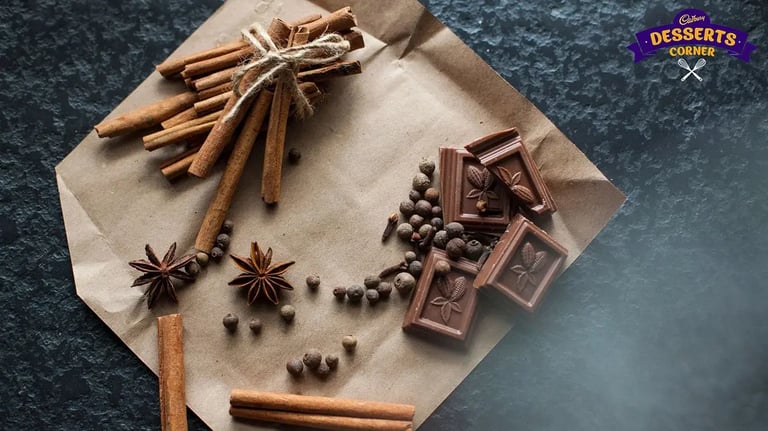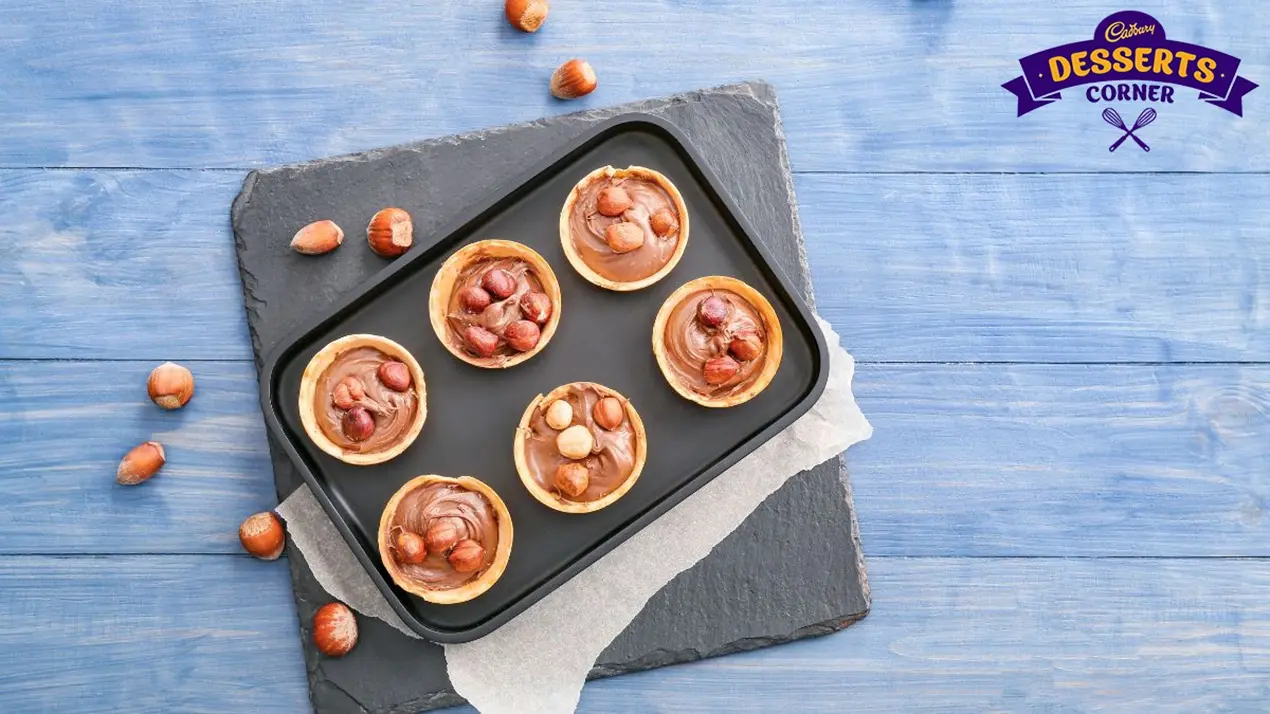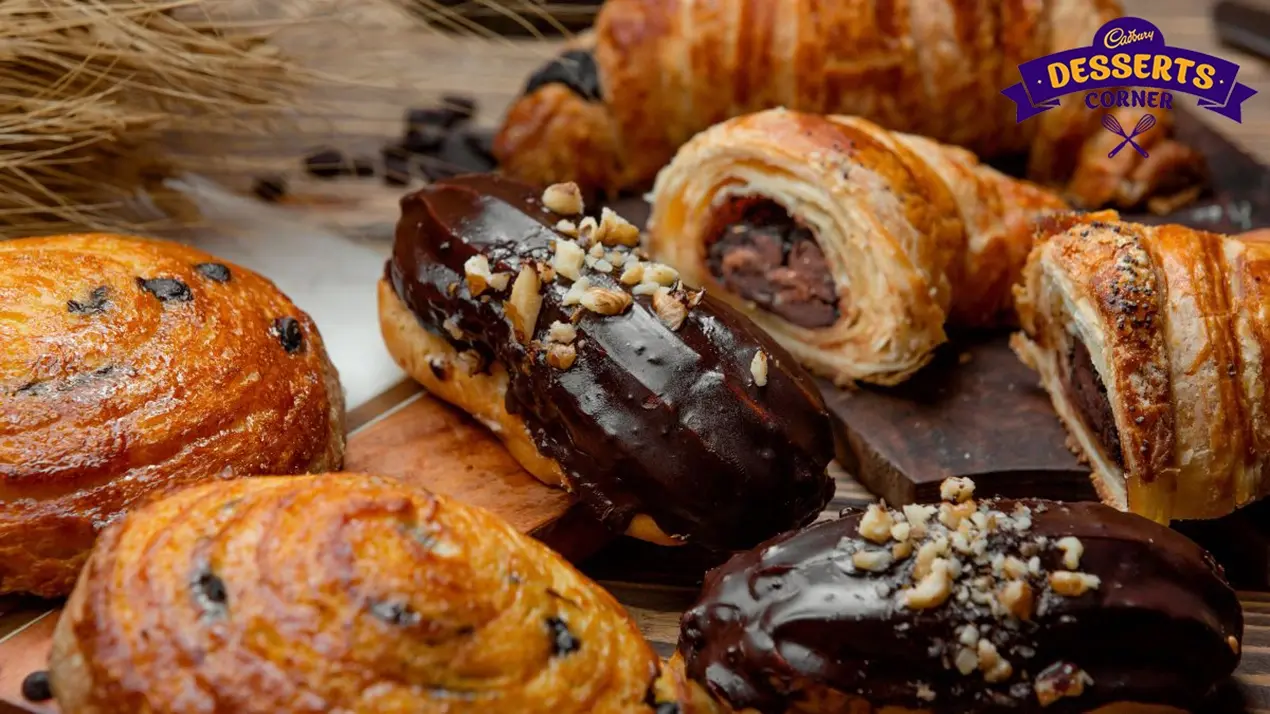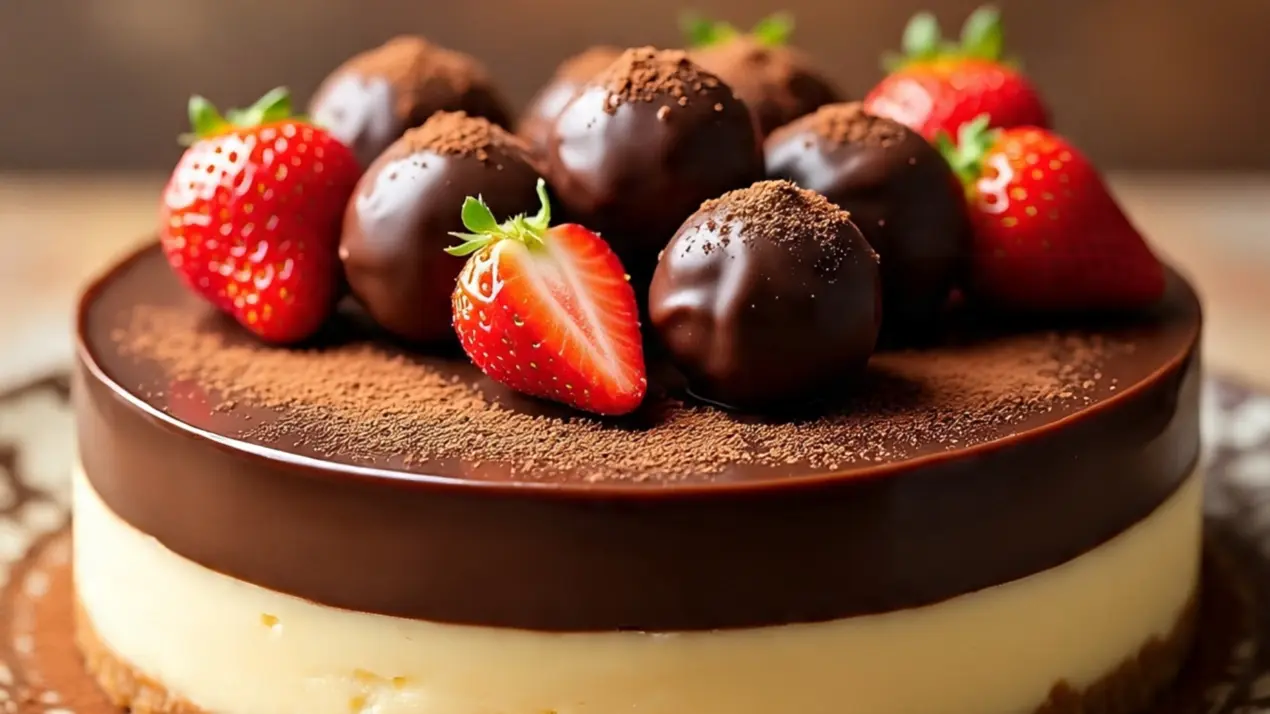- Home
- Articles
- Your Definitive Guide to Infusing Chocolate With Some Tips and Techniques for Creating Complex Flavor Profiles
Infusing chocolate is not as complicated as it might seem. A pinch of powdered spices, herbs, and liquor tea is all you need and just the right temperature to melt the chocolate and add these to infuse it. You can DIY and you’ll forget all about the store-bought ones!

Infusing chocolate is not as complicated as it might seem. A pinch of powdered spices, herbs, and liquor tea is all you need and just the right temperature to melt the chocolate and add these to infuse it. You can DIY and you’ll forget all about the store-bought ones!
The art of infusing chocolate has gained popularity in recent years as confectioners explore new flavors and functional ingredients to enhance this classic treat. Using regular ingredients and transferring their flavor to melted chocolate, allows for subtle to bold additions that will expand your experience of chocolate. Some experiment with spices, herbs, or teas to lend complexity, while others harness fruits or nuts to offer layered tastes. A few pioneers have even combined chocolate with alcohol or botanicals for their restorative properties in each bite.
Whatever the infusion additive, the goal is to enrich without overwhelming chocolate's natural notes. Careful preparation and mixing preserves texture as desired essences seep in. When the infusion is done just right, the chocolate becomes more sophisticated without the need to add an extra ingredient to batters.
Tips on Infusions
Use the double boiler method to melt the chocolate before adding the infusions like spices or teas. Chocolate is delicate and whichever one you use, it will burn and become inedible if directly heated. You can also microwave the chocolate provided you can control the heat and stirring and 30-second to 1-minute intervals. The temperature should be anywhere between 35-45 °C and at half the usual power. Now that the preliminary is set up is out of the way, here’s how to do the infusions:
Spices
Cinnamon adds warmth and pairs well due to its natural complementarity with cocoa notes. Ginger adds a subtle heat that balances the chocolate's richness. Cardamom lends an exotic floral aroma. Chili powder infuses complexity and a gentle kick, especially in dark chocolate. Here’s how to do it:
- Finely grind spices like cinnamon sticks, ginger, or cardamom pods.
- Melt 250 gm of chocolate slowly using the double boiler method on your stove.
- Add 5 gm of ground spices (any one spice not a mix).
- Stir continuously until fully incorporated.
- Pour into molds and refrigerate until set.
Fresh Herbs
Mint imparts a crisp freshness that cuts through chocolate's fattiness, like in mint-chip recipes. The citrus overtones of lavender lift cocoa flavors. Rosemary offers savory herbal depth. When using fresh herbs, a light touch is needed to let the chocolate shine through. Here’s the step-by-step process:
- Finely chop 15-30 gm of fresh herbs like mint, lavender or rosemary
- Melt 250 gm chocolate and add to the herbs, gently stir to coat herbs.
- Pour into molds, tap to release air pockets, and refrigerate.
Teas
 Black teas like Earl Grey complement chocolate really well. Spices used in our regular good old tea, like cinnamon and cardamom, also enhance the chocolate’s flavor. Green tea also works well, especially matcha. Teas are often infused via tinctures for balanced integration. Avoid using matcha for this infusion, it needs a different preparation method and a delicate hand adept at handling the tea. Here’s how you can make tea chocolate:
Black teas like Earl Grey complement chocolate really well. Spices used in our regular good old tea, like cinnamon and cardamom, also enhance the chocolate’s flavor. Green tea also works well, especially matcha. Teas are often infused via tinctures for balanced integration. Avoid using matcha for this infusion, it needs a different preparation method and a delicate hand adept at handling the tea. Here’s how you can make tea chocolate:
- Steep 15-30 gm loose tea leaves in 100 ml hot water for 5-10 mins.
- Strain and cool the tea-infused water.
- Melt 250 gm chocolate using the double boiler method.
- Melt chocolate and slowly stir in only 2-3 tbsp (30-45ml) of the tea liquid.
- Pour and refrigerate as done for spices.
Fruits
 Citrusy fruits like oranges bring bright acidity to dark chocolate for contrast. Tropical fruits instill nuanced sweetness, as mango does. Dried fruits add a chewy texture and concentrated flavors, as cherries do in bars. Fresh berries impart their floral-fruity essence when infused into fillings. Also, consider dried orange peels that are chopped into tiny bits, they are the perfect addition to dark chocolate. Here’s how to go about it:
Citrusy fruits like oranges bring bright acidity to dark chocolate for contrast. Tropical fruits instill nuanced sweetness, as mango does. Dried fruits add a chewy texture and concentrated flavors, as cherries do in bars. Fresh berries impart their floral-fruity essence when infused into fillings. Also, consider dried orange peels that are chopped into tiny bits, they are the perfect addition to dark chocolate. Here’s how to go about it:
- Dice fresh fruits like berries or piece citrus fruits, and extract the pulp.
- Add melted chocolate and stir gently to coat.
- Pour into molds, tap to release air, and refrigerate.
Nuts
 Buttery almonds complement cocoa's depth when slivered into bars or used in praline infusions. Hazelnuts provide an earthy base. Coconut flakes lend tropical flair. Nut oils are sometimes used to infuse chocolate ganaches or truffles for rich flavor integration.
Buttery almonds complement cocoa's depth when slivered into bars or used in praline infusions. Hazelnuts provide an earthy base. Coconut flakes lend tropical flair. Nut oils are sometimes used to infuse chocolate ganaches or truffles for rich flavor integration.
- Toast 50 gm nuts lightly and chop coarsely.
- Melt 250 gm chocolate and fold in 100 gm nuts.
- Pour and chill, then break into pieces.
Alcohol
 Rum, whiskey, and coffee liquor carry subtle hints of their flavors when infused in moderation via tinctures. The alcohol steeps complex aromas and then burns off during processing. Too much alcohol can overwhelm the chocolate experience.
Rum, whiskey, and coffee liquor carry subtle hints of their flavors when infused in moderation via tinctures. The alcohol steeps complex aromas and then burns off during processing. Too much alcohol can overwhelm the chocolate experience.
- Make a simple syrup with 30 gm sugar and 30 ml liquor heated until the sugar dissolves.
- Cool completely before mixing 30 ml syrup into 250 gm melted chocolate.
- Pour and set as usual.
Like This Article?
More Like This




Popular Articles





Trending Web Stories
Curated Recipes


















